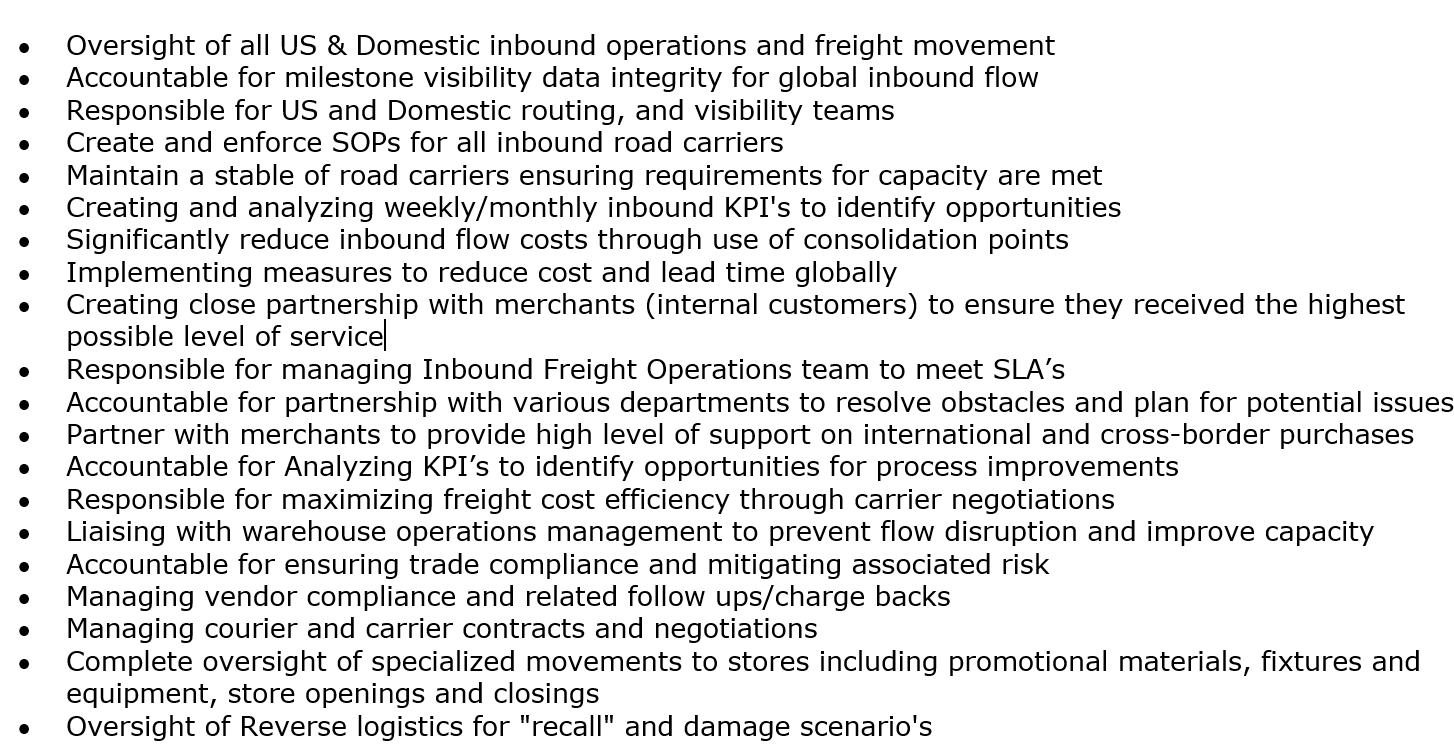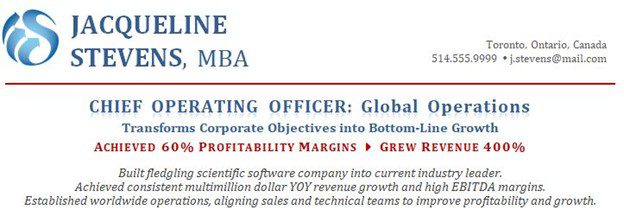
A Text-Heavy Resume Can Sink Your Job Search
If you are using a text-heavy resume and not getting called for interviews, the reason could be that employers are drowning in your long narrative.
Hiring personnel don’t want to wade through content-heavy documents. They desire short, well-tailored overviews that speak to their needs while succinctly showcasing coveted skills.
In short – the easier a resume is to read, the higher the chances it will be read.
A common barrier that executives face is summarizing robust career details.
To help, approach the resume writing process with the goal of quality over quantity. A resume is not a biography; it’s a marketing tool. Avoid listing copious amounts of dry and dusty job details that weigh down the file and water down worth.
Instead, zero in on value and align offerings with needs. Provide a sampling of relevant facts related to the targeted role.
Below is a short ‘test’ to help you identify if your executive resume is taking on water. If you answer yes to any of the points below, grab a life vest and start bailing!
The resume is longer than three pages.
The typical resume length for executives is 2 to 3 pages. No need to cram everything onto 1 page at this career level, but modern executive resumes should be lean and concise to capture and keep the attention of busy readers.
Although length alone does not determine resume effectiveness, extraordinarily long or verbose files are rarely appreciated nor read in full. Save extra facts and supporting details for the interview. Treat the resume like a marketing brochure that summarizes your best and most related points, not a detailed career obituary that runs on and on and on…
A recent survey shares that recruiters prefer 2-page resumes – at all career levels, but again, the best resume length depends on your career story, audience, and years of experience:

The employment history section reads like a job description.
Lengthy overviews of each past role, with a heavy emphasis on tasks and duties, are a waste of prime resume real estate. Employers are less interested in what you did in each past role and more interested in how well you performed within them.
Minimize responsibilities and focus on personal performance. Spoon feed the reader value-enhanced, metric-driven snippets of success to build confidence and excitement. Remember, sell, don’t tell.
Below is an example of what not to do. Text-heavy and job-duty-focused overviews are difficult to read and provide little value to the reader:

There are no bulleted points.
If you are presenting all details in paragraph form, watch out! Dense text is not only harder to scan and absorb; it buries key points.
Bullet select information in the resume for easier readability, including key accomplishments, big business wins, and personal achievements.
Below is a better example of how to lay out resume content. Note the use of a short and succinct overview, followed by a highlighted major achievement line, followed by bulleted achievement statements that are also short and high-impact:
Bulleted points are long or numerous.
Too many of any one thing is never a good thing. Even bulleted statements should be kept within a reasonable amount and length. Aim to keep points to an average of 2 lines each, ensuring information doesn’t get murky.
Also, avoid ‘bullet barf’. Bulleted points are great in small groups, but long lists of bulleted points diminish the impact. Try for 3 to 5 bulleted points per position, giving information space to breathe.
Bullet barf. Not only are there too many bullet points in the example below, but the points themselves are not strong or impactful:

Excessive filler words are used: “a, to, the, of…”.
Although warranted at times, these filler words should be eliminated as much as possible to tighten content. It’s ok to use more concise speech and grammar in a resume.
Distill down details to focus primarily on results and personal actions.
For example, instead of saying: “Created and implemented a new marketing campaign in close collaboration with five people on the team, which generated a 10% yearly increase in sales.”
Simply say: “Generated 10% YOY sales increase, working with a team of 5 to create and deliver new marketing campaign”.
Career history dates back more than 15 years.
No need to list every job you have ever had on your resume. Focus more heavily on recent work history, where your roles are likely more senior and more related to where you want to be next in your career.
For executives, sharing the most recent 15 years of work experience, give or take, is sufficient. Also, the further back in time you get on your resume, the less robust information needs to be. Only provide early career details if experiences are required or beneficial for the targeted role.
Value isn’t easy to spot.
This last point is the most important one. In short, every employer has a pain point centred around making money, saving money, or increasing efficiencies. Your resume must clearly and concisely demonstrate how you are the solution!
Demonstrate value with clear examples of well-aligned achievements and success. Prove your claims!
Finally, don’t make the reader hunt for why you are the best candidate. Spell it out! Spoon feed the reader your value in bite-sized details and use similar language and keywords to increase interest and understanding.
The following example demonstrates a strong resume opening and header, which spotlights personal value with supporting results:

 To summarize, resume readers don’t care about all the details. They are interested most in facts that matter to them. They want to read results, but most importantly, they want to know if you can make results happen for THEM.
To summarize, resume readers don’t care about all the details. They are interested most in facts that matter to them. They want to read results, but most importantly, they want to know if you can make results happen for THEM.
Make it easy for employers to locate key facts and the ROI you offer as a candidate in your executive resume by keeping resume material ‘lean and clean.’ Sharpen content and use a clean format in your resume to generate smoother sailing in your job search.

